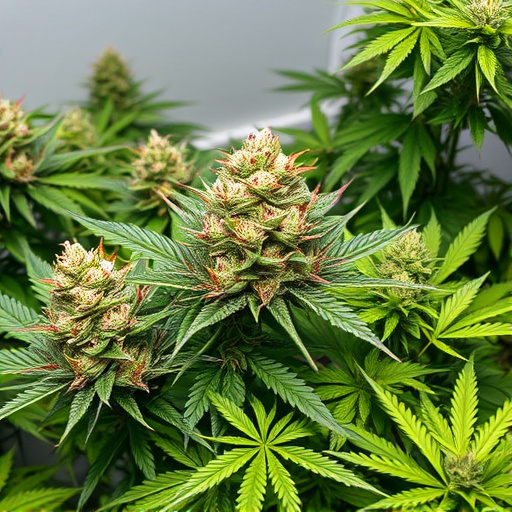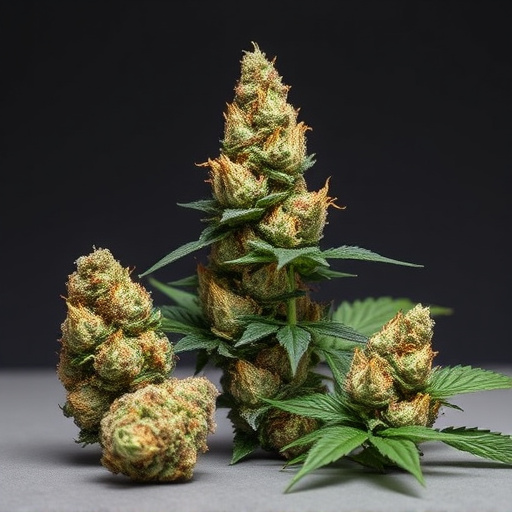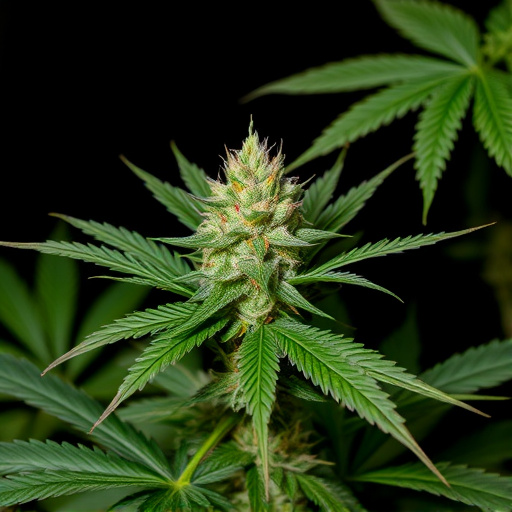Indica dominant strains of cannabis are known for their relaxing and sedative effects due to higher myrcene levels, a terpene that promotes tranquility, pain relief, and sleepiness. These genetic characteristics result in shorter, denser plants favored for managing stress, anxiety, and insomnia. The "cannabis high" is influenced by plant chemistry, terpenes, and environmental conditions like growing methods. Individual users experience varying effects based on genetics, metabolism, and THC/CBD tolerance, making personalized approaches crucial for therapeutic use.
Cannabis has diverse effects on users, varying from person to person and influenced by various factors. This article explores the multifaceted world of cannabis, delving into three key aspects. First, we unravel the impact of genetic composition, specifically focusing on the effects of indica dominant strains. Second, environmental factors such as terpenes and growing conditions are examined for their role in shaping the cannabis experience. Lastly, we discuss individual differences, highlighting the variability in cannabis effects across users. Understanding these factors is crucial for navigating the complex landscape of cannabis consumption.
- Genetic Composition and Cannabis Effects: Unraveling the Impact of Indica Dominant Strains
- Environmental Factors: How Terpenes and Growing Conditions Shape Cannabis Experience
- Individual Differences: Understanding Variability in Cannabis Effects Across Users
Genetic Composition and Cannabis Effects: Unraveling the Impact of Indica Dominant Strains
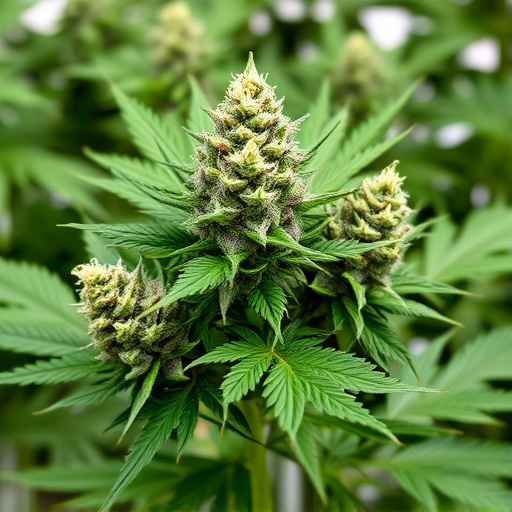
Cannabis users and enthusiasts often talk about distinct effects that different strains deliver, from energizing satiation to tranquil relaxation. A significant factor shaping these experiences is the genetic composition of the plant, with indica dominant strains playing a prominent role. Indica plants, known for their shorter stature and dense buds, naturally produce higher levels of myrcene, a terpene linked to sedative and calming effects.
This unique chemical profile contributes to the characteristic ‘high’ associated with indica strains, inducing feelings of relaxation, soporificity, and even pain relief. The dominance of indica genes influences not only the plant’s physical attributes but also its interaction with the human body, making these strains a popular choice for those seeking respite from stress, anxiety, or insomnia. Unraveling the complexities of genetic composition and its impact on cannabis effects, specifically through the lens of indica dominant strains, offers valuable insights into personalizing the therapeutic potential of this versatile plant.
Environmental Factors: How Terpenes and Growing Conditions Shape Cannabis Experience
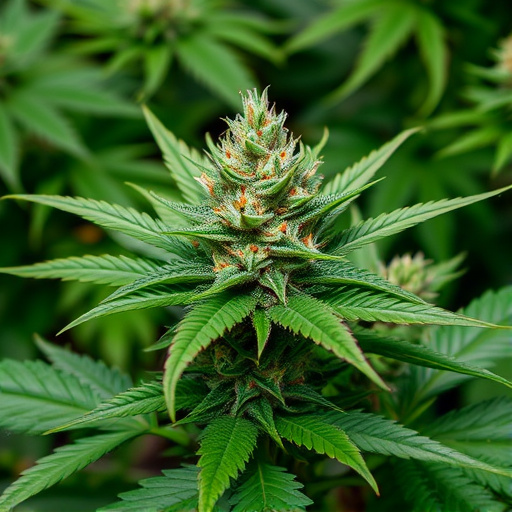
The cannabis experience is not solely determined by the plant’s chemical composition, but also significantly shaped by environmental factors, particularly terpenes and growing conditions. Terpenes, aromatic compounds that give cannabis its distinctive scents and flavors, play a pivotal role in modulating the effects of different strains. For instance, myrcene, known for its earthy and musky notes, is commonly found in higher concentrations in indica dominant strains and is associated with relaxing and sedative properties. Conversely, limonene, which imparts citrusy and refreshing aromas, can enhance cognitive functions and provide a more uplifting high.
Growing conditions also exert considerable influence on cannabis plants, ultimately affecting their terpene profiles. Factors such as climate, soil quality, lighting, and cultivation techniques all contribute to the plant’s overall development and chemistry. For example, outdoor cultivation in regions with distinct seasons may lead to variations in terpene expression compared to indoor growing environments. Additionally, specific growing practices like stress training or nutrient adjustments can further tailor the terpene content, offering users a diverse range of experiences based on these environmental factors.
Individual Differences: Understanding Variability in Cannabis Effects Across Users

Cannabis users often report varying experiences, even with the same strain, highlighting the role of individual differences in cannabis effects. Several factors contribute to this variability, including genetic predispositions, metabolism, and personal tolerance. Some individuals may be more sensitive to certain cannabinoids, such as THC or CBD, leading to different psychological and physiological responses. For instance, users with a higher THC tolerance might experience more intense euphoria from indica dominant strains, while those new to cannabis or with lower tolerances could feel more anxious or paranoid.
Understanding these individual variations is crucial for both users and healthcare professionals. It emphasizes the need for personalized approaches when using cannabis therapeutically. For example, a patient experiencing anxiety despite trying an indica-dominant strain might benefit from exploring different strains or adjusting their dosage under professional guidance.
In conclusion, the effects of cannabis are shaped by a complex interplay of genetic composition, environmental factors, and individual differences. Understanding the unique characteristics of indica dominant strains, the influence of terpenes and growing conditions, and the varying responses among users is key to navigating the diverse cannabis experience. By recognizing these factors, we can better appreciate the multifaceted nature of cannabis and its impact on different individuals.
